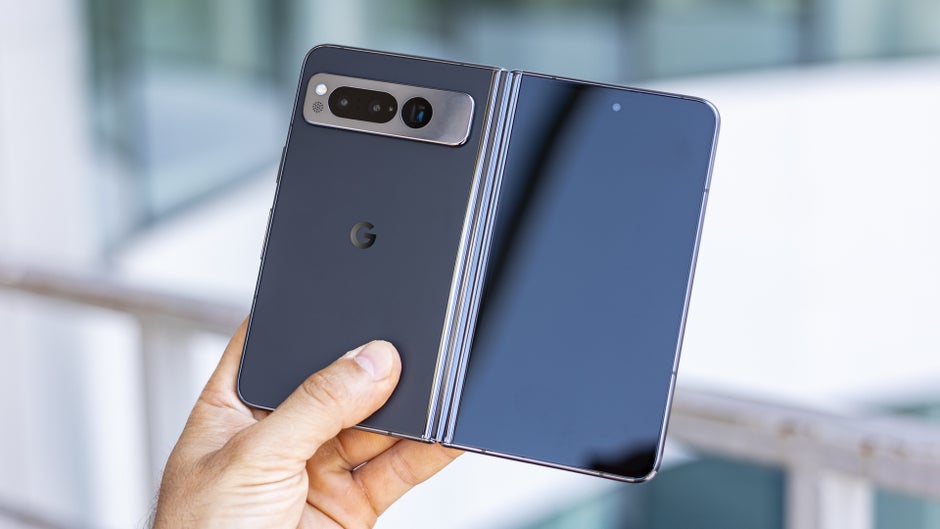Igeekphone on February 7 news, 2023 can be said to be the year of the outbreak of folding screen mobile phones, not only the existing product line is new, and even a new series has appeared. In May, for example, Google introduced its first foldable phone, the Pixel Fold, with a self-developed Tensor G2 chip.
It is reported that Google will launch the Pixel Fold 2 this year, but there is very little news about the Pixel Fold 2 compared to the other three Pixel phones expected to be released this year (Pixel 9, Pixel 9 Pro, and Pixel 8a). However, a source from Android Authority recently revealed some key details about the Pixel Fold 2.
According to an anonymous source, Google has been testing the Pixel Fold 2 internally for the past few months. Early prototypes used a Tensor G3 chip codenamed “zuma”, but more recent prototypes have switched to the rumored Tensor G4 chip codenamed “zumapro”.

The chip change suggests that Google may drop the Tensor G3, and the Pixel Fold 2 will eventually come directly with the Tensor G4, but it’s not entirely certain at this point. It is worth mentioning that early versions of Pixel tablets also used Google’s first-generation Tensor chip, but the final product is equipped with the second-generation Tensor G2 chip. The tablet’s code name was changed from “tangor” to “tangorpro.” As a result, something similar may be happening with the Pixel Fold 2 (currently codenamed “comet”).
If Google does decide to replace the chip, then the release date could also change. The original Pixel Fold was announced at Google I/O in May 2023, so its successor will likely pick a similar point in time. But if the Pixel Fold 2 is going to be powered by the Tensor G4 chip, things get complicated, because Google usually introduces an all-new Tensor chip at its fall hardware event. If Google is planning to unveil the Pixel Fold 2 at this year’s I/O conference, it’s unlikely to come with the new Tensor G4. Conversely, if I/O doesn’t announce the Pixel Fold 2, skipping the Tensor G3 isn’t out of the question.
Sources say the Pixel Fold 2 is currently in the early stages of the Engineering Proof Test (EVT) phase and is several iterations away from mass production (MP). The typical development process is Prototype > EVT > DVT > PVT > MP, so given the current stage, a launch at Google I/O 2024 in May seems unlikely.
So, what changes will the upgrade to Tensor G4 bring? While the chip’s full specs are still a mystery, it’s expected to be a slight boost over last year’s Tensor G3. The exact configuration is unknown, but the Tensor G4 is expected to feature Arm’s combination of Cortex-X4, A720 and A520 CPU cores. The chip is rumored to be manufactured by Samsung, not TSMC, although Google plans to turn to TSMC for future Tensor G5 models.
Igeekphone notes that in addition to the new chip, sources also revealed that some of the Pixel Fold 2 prototypes are equipped with 16GB of LPDDR5 RAM and 256GB of UFS 4.0 storage. In comparison, last year’s Pixel Fold only came with 12GB of LPDDR5 RAM and 256GB of UFS 3.1 storage. The 16GB RAM boost is noteworthy because it will be the first time Google has used more than 12GB of RAM on a smartphone. Given that Google plans to introduce more device-side AI capabilities into its new AI assistant, called Pixie, the additional memory also makes sense.
As for storage, upgrading to UFS 4.0 will reduce the time it takes for files to load into memory, which will bring benefits for many tasks such as loading apps and games. There may be other storage versions, but we won’t know until the phone is closer to its release date.










